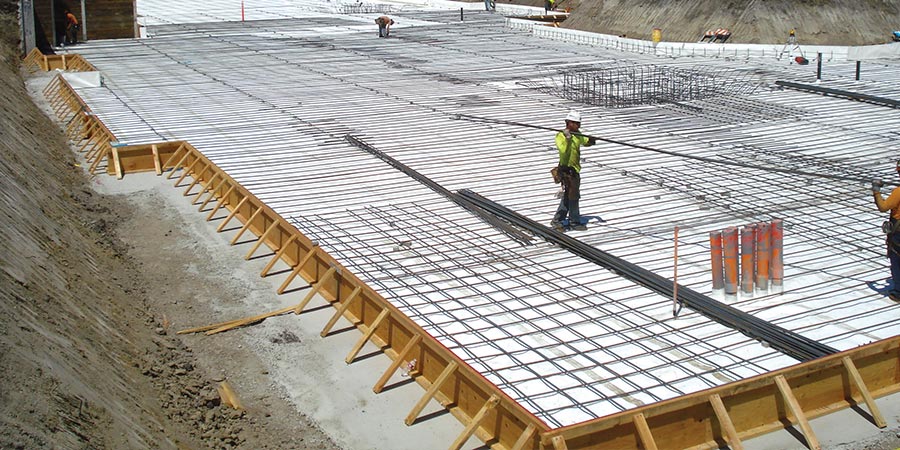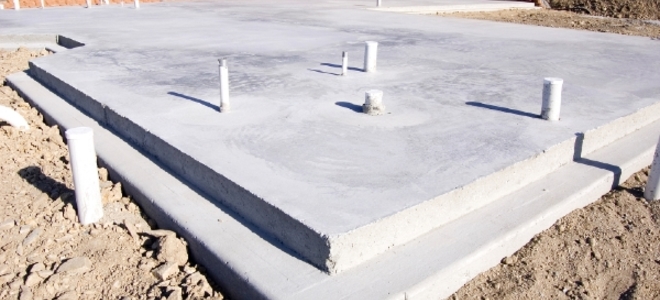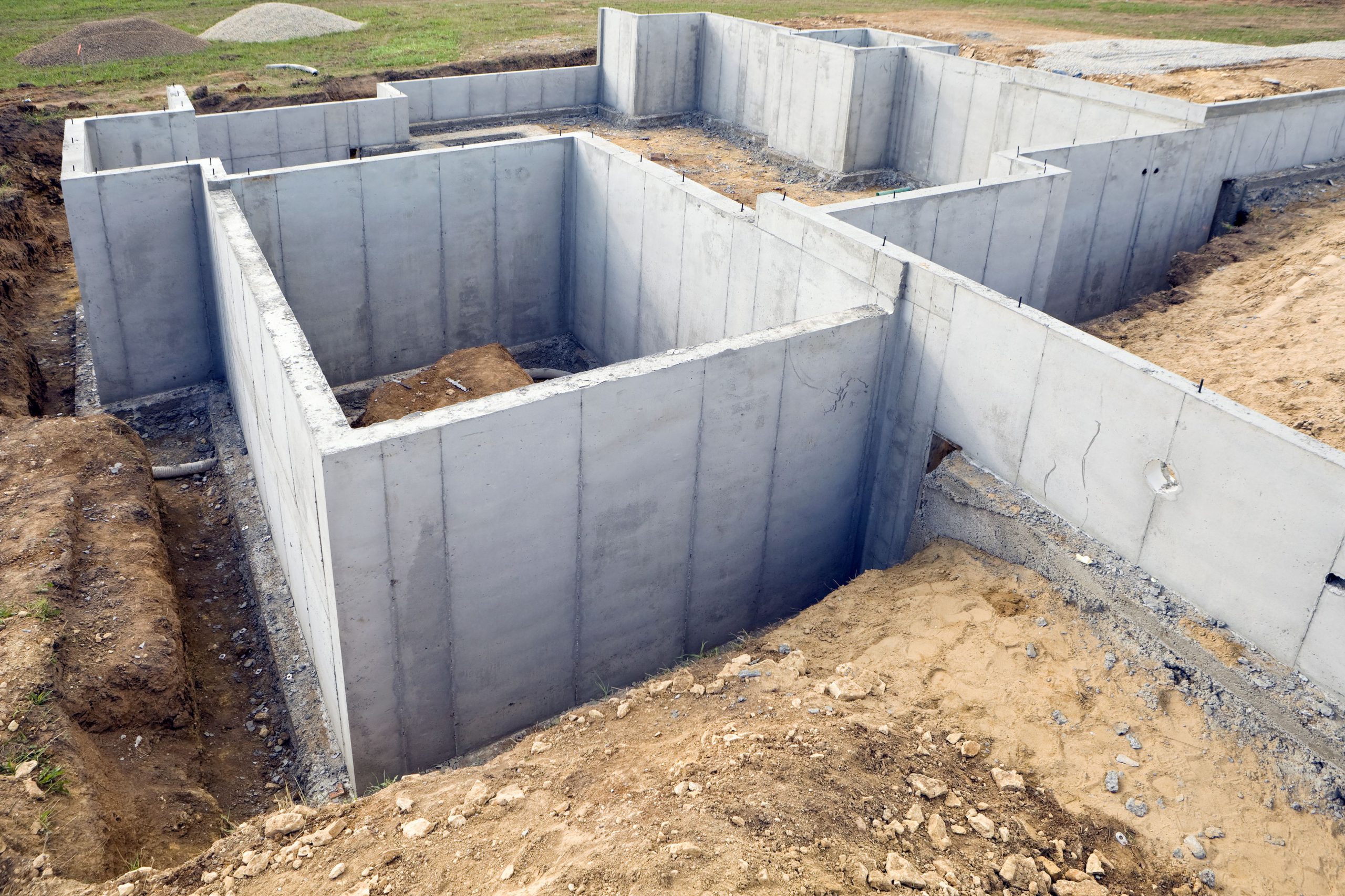Is A New House On A Slab Bad?
From the inside to the outside, we’re pretty sure you want the best for your house. But don’t forget about the base of your home — it’s meant to be able to stand comfortably for 50 years. So, what kind of base do you consider? After reading about the pros and cons of the slab foundations, we hope you’ll have an easier time deciding if this form of foundation is right for your house.
Advantages of Slab Foundation
One of their many advantages is that these foundations are usually cheaper to build the pier and the foundations. Since wooden members, such as floor joists, are not needed, as they are with pier and beam structures, the price is removed. In addition, because there is no ramp area under them, the energy bills associated with air conditioning and heating are reduced. Another advantage of using a concrete slab foundation is that it doesn’t take long to build it. The slab itself is poured out in a single day. Of course, study is being done in advance. The entire process can often be completed in four days from start to finish, assuming that the weather is not a concern.
Since there is no crawl space (or airspace) beneath them, the energy bills associated with air conditioning and heating are reduced. Mold and mildew are not a matter of concern, nor are rats or insects. This is because there is no space under the slab for the mold to develop or the rodents to nest. They allow for a wider range of flooring choices, including stained or painted concrete.
Disadvantages of Slab Foundation
The lack of a crawl space under them means that there is no space under a concrete slab that can be used for storage or for positioning and concealment of utility equipment. As a result, all ventilation, as well as all duct work, must be mounted within walls or in the attic floor.
As the plumbing for the house is situated below the concrete slab base, plumbing leaks demand that any repairs be done by jack hammering the slab in order to fix the leak. This can make a huge mess, and it’s costly to do as well. Since plumbing leaks are under the wall, you might not be able to spot them until you realize that you have an extremely high water bill. Cracks may be a matter of concern since the slab is made of concrete. It’s important to know why the concrete slab base breaks. While concrete is extremely solid, it is vulnerable to cracking due to variations in weather and moisture. It is essential to water around these foundations and maintain a constant level of moisture.
For those who are constructing a new home, slab heave is a matter you should be aware of. Although not popular, slab heave is a serious issue. The cost of repairing it may be substantial and, in some cases, it may be appropriate to obtain legal advice on compensation.
What is slab heave?
Slab heave is the product of the uneven movement of the house and the slab. Uneven variations in soil moisture can also contribute to slab heave, where clay soils swell (and expand) when wet and shrink when dry. The extent of damage to your home can vary from uneven floors, blocked doors and unsightly cracks to extreme cracking of brickwork and internal walls.
Damage from slab heave
There are common building and structural defects that would be evident if slab heave is present. Inevitably, a variety of experts would need to analyze the deficiencies in order to ascertain the severity of the problem.
Some of the slab heave indicators include:
- Gaps under walls
- Damage to cornice
- Uneven floors/sinking or rising of your structure
- Doors and windows that won’t close properly
- Cracks in your brickwork
- Cracks in your internal walls
- Cracks in your floor and wall tiles
- Plumbing and pipe problems
- Cracked sewer and storm water pipes.
Depending on the extent of damage, the slab heave may be reversed, but there is a potential for very expensive exercise, especially in cases where the house needs to be demolished and rebuilt. If you’re not sure about the problems you’re seeing, please contact us at SPI Property Inspections. We will help you assess the cause and nature of the issue and provide you with some expert guidance on the next steps to be taken.
How does this happen?
Slabs can be constructed in a variety of forms, one of which is a waffle slab. There is some controversy as to whether a waffle slab will cause slab heave, as opposed to traditional slabs. There is, however, no substantial evidence in this regard.
The waffle pad is a concrete sheet, typically 100 mm thick, poured over polystyrene pads forming channels or beams. It is similar, in theory, to how traditional slabs used to be poured, with the exception of polystyrene pads, the area was constructed of packed sand. Inevitably, slab heave can be attributed to the following factors:
- Poor design, including drainage design
- Failure to properly perform geotechnical investigations, i.e. soil tests
- Unsatisfactory building practice where industry standards have not been followed
- Inadequate drainage on reactive soil foundations, so that water ingress results.
How can you avoid slab heave as the property owner?
Overall, when it comes to slab heave, water is your enemy. It is important to keep an eye on any potential damage to the water around your home , particularly during the cooler months. Water drainage is often ignored before heavy rain alerts you to a problem. It is recommended that you find and remove any possible water sources that are entering the soil around your house.



Are You Looking for a Company to Build a Foundation for Your New Home?
Spaulding Concrete has been the SF Bay Area’s top foundation builders for over 30 years. We’re here to fix your home’s foundation, no matter what problem may exist. We have the specialized equipment, services and professional experience that you need to make permanent improvements to your building’s foundation. To get you started on the right foot, we would be happy to give you a free quote for the repair of the foundation. When you reach out by phone or email we will have one of our foundation experts answer any questions you have and explain how we can restore integrity and structural stability to your home or company building permanently. Successful concrete projects require careful planning and thorough preparation. Spaulding Concrete reviews the site and designs to ensure that the concrete and base structure follows the criteria for the planned use and that the layout and finishes are suitable for the project. The qualified concrete experts at Spaulding Concrete will be on schedule, on budget and meet or exceed standards by careful planning, professional execution, and strict quality control.
To schedule your free quote, contact us today! We are proud to serve Orinda, Lafayette, Moraga, Pleasant Hill, Concord, Martinez, Pittsburg, Antioch, Brentwood and the surrounding areas.
